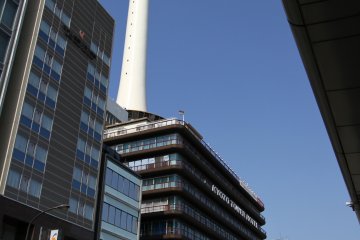
Kyoto Tower
Xia Fei ChiewJust a stone-throw away from the Kyoto Station, this is what you can expect from the Kyoto Tower

Kyoto Tower is an observation tower located in Kyoto, Japan. The steel tower is the tallest structure in Kyoto with its observation deck at 100 metres and its spire at 131 metres. The 800-ton tower stands atop a 9-story building, which houses a 3-star hotel and several stores. [Wikipedia]

Just a stone-throw away from the Kyoto Station, this is what you can expect from the Kyoto Tower
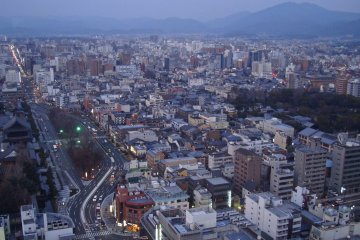
Kyoto, the cultural capital, has always resisted modern looking architecture, and the Kyoto Tower had its share of resistance, but was finally completed and opened to general public in 1964. Designed to look like a Japanese candle, Kyoto Tower is an observation tower which is just opposite of JR Kyoto Station. Do not miss an aerial view of Kyoto, well equipped with binoculars which can give you a wonderful view of this city so rich in culture.
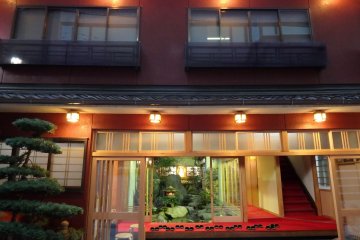
3 minutes walk from Kyoto Station, Nishikiro Ryokan is simple, clean, with friendly owners, and is perfect for someone on a budget who wants an authentic Japanese experience.

Eat, Relax and Explore. The Dormy Premium Inn near Kyoto Station is a business hotel with added extras like an onsen and free noodles for supper
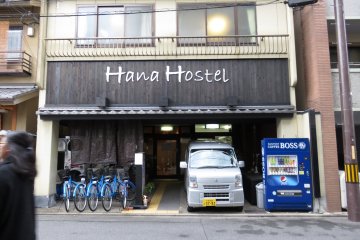
All the comforts and warmth of home and discover new friends from Japan and around the world

An authentic old style eatery where you can down beers with the locals while the hearty grandmother owner cracks bad jokes

A fairy-themed afternoon tea event will be taking place for a limited time at The Thousand Kyoto.
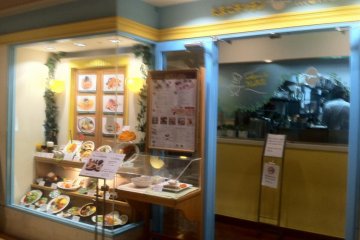
The humble egg finds its home in this dependable cafe high above the ticket sellers in the glass catherdral that is JR Kyoto Station

Nishi Hongan-ji is a large Buddhist temple west of Kyoto train station. Together with Higashi Hongan-ji, together with Nishi Hongan-ji, it is one of the two temple complexes of Shin Buddhism in Kyoto. It currently also serves as the main temple of the Jodo -Shin sect, one of the largest Buddhist sects in Japan with over 10,000 sub-temples across the country and 200 temples overseas. Built in 1591 by Toyotomi Hideyoshi, the building is a great example of the architecture of the Momoyama Period and the Early Edo Period. The two largest structures by Nishi Hongan-ji are the Goeido Hall, the largest wooden structure in Kyoto, and the Amidado Hall. Nishi Hongan-ji is also one of the 17 UNESCO World Heritage Sites in Kyoto. A small Japanese garden called Shoseien is a few blocks east of Higashi Hongan-ji. Nowadays the garden with its pond and the particularly beautiful autumn colors is open to the public.

The Kamo River (鴨川), meaning “duck river,” is a prominent and scenic waterway flowing through Kyoto Prefecture, Japan. It has long been a cultural and natural landmark of the city, offering beautiful scenery and a peaceful atmosphere throughout the seasons. The riverbanks are especially popular with locals and tourists alike, who come to enjoy leisurely walks, picnics, and the seasonal beauty of cherry blossoms in spring or the cool breezes in fall. In the warmer months, many riverside restaurants open special balconies known as noryo-yuka, allowing diners to enjoy their meals with a view of the flowing river. Walkways run alongside much of the river’s course, and several spots feature stepping stones that allow pedestrians to cross on foot. Historically, the Kamo River has played a significant role in Kyoto’s development. When the Heian Capital (modern-day Kyoto) was established in the late 8th century, the river’s course was redirected to flow east of the new palace. Despite this effort, the river was prone to flooding, which became a recurring problem for the ancient capital. Emperor Shirakawa famously lamented that three things were beyond his control: the armed monks of Enryaku-ji, dice, and the waters of the Kamo River. Today, the river is more regulated, with reinforced banks and drainage systems. Parallel to it runs the Takase River, a canal constructed by merchant Suminokura Ryoi in the early 17th century to facilitate transportation and reduce reliance on the unpredictable main river. The Kamo River is also culturally significant, flowing past two important Shinto shrines—Kamigamo and Shimogamo—and through the sacred forest of Tadasu-no-mori that lies between them.
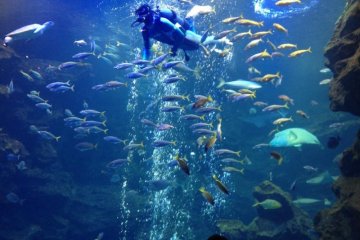
Kyoto Aquarium is located on the edge of Umekoji Park near Kyoto Station. The aquarium features 9 zones including penguins, seals and dolphin shows.